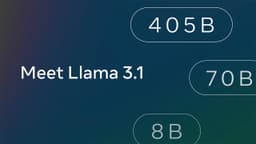What is the Longest Substring Without Repeating Characters?
Finding the longest substring without repeating characters is a common problem in coding interviews, often referred to as the "Longest Substring Without Repeating Characters" problem. The goal is to identify the longest contiguous substring in a given string that does not have any repeating characters. With increasing attention to string manipulation, this problem serves as an excellent test of a candidate's problem-solving abilities and understanding of algorithms.
To tackle this challenge, we can utilize the sliding window technique alongside a hash set to effectively track the characters we encounter. The sliding window allows us to maintain a window of unique characters as we iterate through the string. Here’s a step-by-step approach to solving the problem:
-
Initialize Pointers: Use two pointers,
leftandright, to define the current window's start and end indices. Start both pointers at the beginning of the string. -
Create a Set: Utilize a set to store the unique characters within the current window.
-
Expand and Contract the Window: Move the
rightpointer to include characters in the window. If a character is already in the set, it indicates a repetition. At this point, increment theleftpointer to shrink the window until the repeated character can be removed. -
Track Maximum Length: During the process, keep track of the maximum length of the substring observed.
Here’s a simple code example in Python to illustrate this approach:
Python
Explanation of the Code
- We start by creating an empty set
char_setto store the characters in the current substring. - The
leftpointer initializes at the 0 index while therightpointer iterates through each character of the string using aforloop. - If we find a character at
s[right]that is already in ourchar_set, this indicates a duplicate. We then enter awhileloop, where we remove characters starting from the left until we can safely adds[right]to the set. - Each time we add a new character, we calculate the current length of the substring (
right - left + 1) and updatemax_lengthif this current length exceeds previous maximum lengths. - Finally, we return
max_length, which gives us the result of the longest substring without repeating characters.
This solution runs in O(n) time complexity, as both pointers traverse the string at most twice, ensuring efficiency. Understanding this method and the associated complexities is crucial for your next tech interview!












